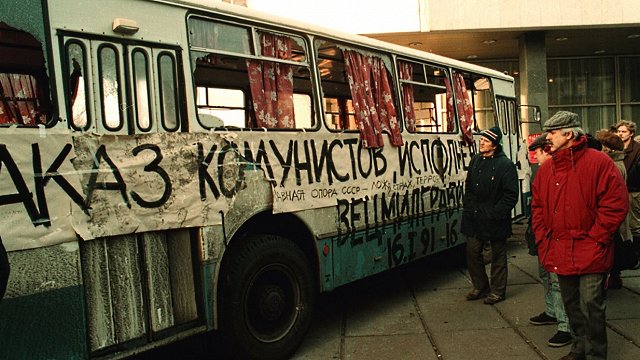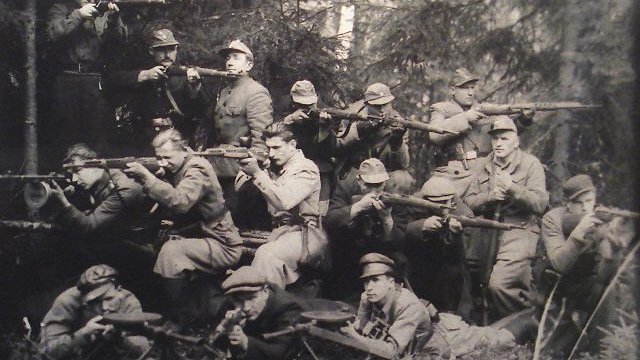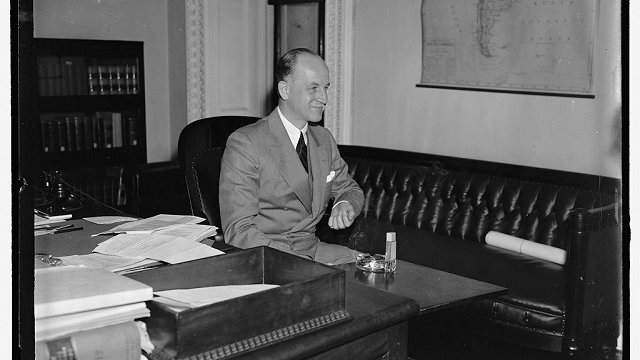
In January 1991 people flowed into the capitals of the Baltic states and erected makeshift barricades around strategic locations like the parliament and the national radio station to protect them against Soviet troops who wanted to crush the Baltic nations' independence.







